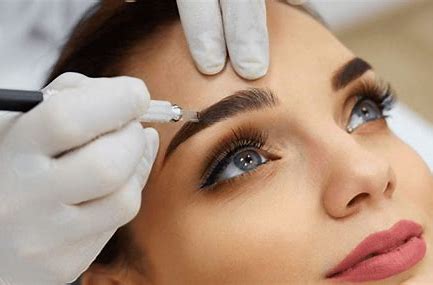Injectable treatments have become a cornerstone of modern aesthetic medicine, offering patients effective solutions for addressing signs of aging and enhancing facial features. Many patients seek to maximize their results by combining injectables with complementary aesthetic procedures. Understanding how different treatments work together helps patients and practitioners develop effective treatment plans.
Understanding Combination Therapy
Combining injectables with other aesthetic treatments offers several advantages over standalone procedures. Multiple modalities can address different aspects of facial aging simultaneously, creating more comprehensive rejuvenation. Different treatments target various layers of the skin and underlying tissues. While injectables work on muscle activity and volume restoration, procedures like laser treatments and chemical peels focus on skin texture, tone, and surface irregularities.
Combination therapy often proves more cost-effective than scheduling multiple separate appointments. Patients can address multiple concerns in fewer sessions, reducing overall treatment time and associated costs. The synergistic effects of combined treatments may also extend the longevity of results, providing better value for the investment.
Exploring Treatment Combinations
Botulinum toxin injections pair well with dermal fillers to address both dynamic and static facial lines. Botulinum toxin reduces muscle movement that creates expression lines, while fillers restore volume to areas affected by age-related volume loss. This combination effectively treats the forehead, crow’s feet, and lower face simultaneously.
Laser treatments complement injectable therapies by improving skin quality and texture. Fractional laser resurfacing can enhance skin tone and reduce fine lines, while injectables address deeper wrinkles and volume concerns. The improved skin quality from laser treatments provides a better canvas for injectable results.
Chemical peels combined with injectables offer comprehensive skin rejuvenation. Peels address surface-level concerns like pigmentation and fine texture irregularities, while injectables target deeper structural changes. This combination produces smoother, more youthful-appearing skin with improved volume and contour.
Timing and Safety Protocols
Most practitioners recommend specific intervals between different treatments to allow proper healing and minimize complications. Botulinum toxin injections typically require a two-week settling period before assessing final results and planning additional procedures. Dermal filler treatments may need similar waiting periods to allow swelling to subside and final placement to settle.
Laser treatments and chemical peels often require longer recovery periods before combining with injectables. The skin needs time to heal completely before introducing additional procedures. Most practitioners wait 2-4 weeks after resurfacing treatments before administering injectables.
Patient medical history and current medications affect treatment planning and safety protocols. Blood-thinning medications, certain supplements, and medical conditions may influence treatment timing and selection. Thorough consultation and medical evaluation help identify potential contraindications or necessary modifications to treatment plans. Post-treatment care instructions may vary when combining treatments. Patients need clear guidelines for managing multiple treatment sites and understanding which symptoms are normal versus concerning.
Learn More About Injectables
Combining injectables with complementary aesthetic treatments offers patients comprehensive facial rejuvenation that addresses multiple signs of aging simultaneously. The synergistic effects of properly planned combination therapy can produce more dramatic and longer-lasting results than individual treatments. Success with combination treatments depends on proper patient selection, appropriate treatment timing, and adherence to safety protocols. Working with qualified practitioners who understand how different treatments interact helps achieve optimal outcomes while maintaining patient safety.



